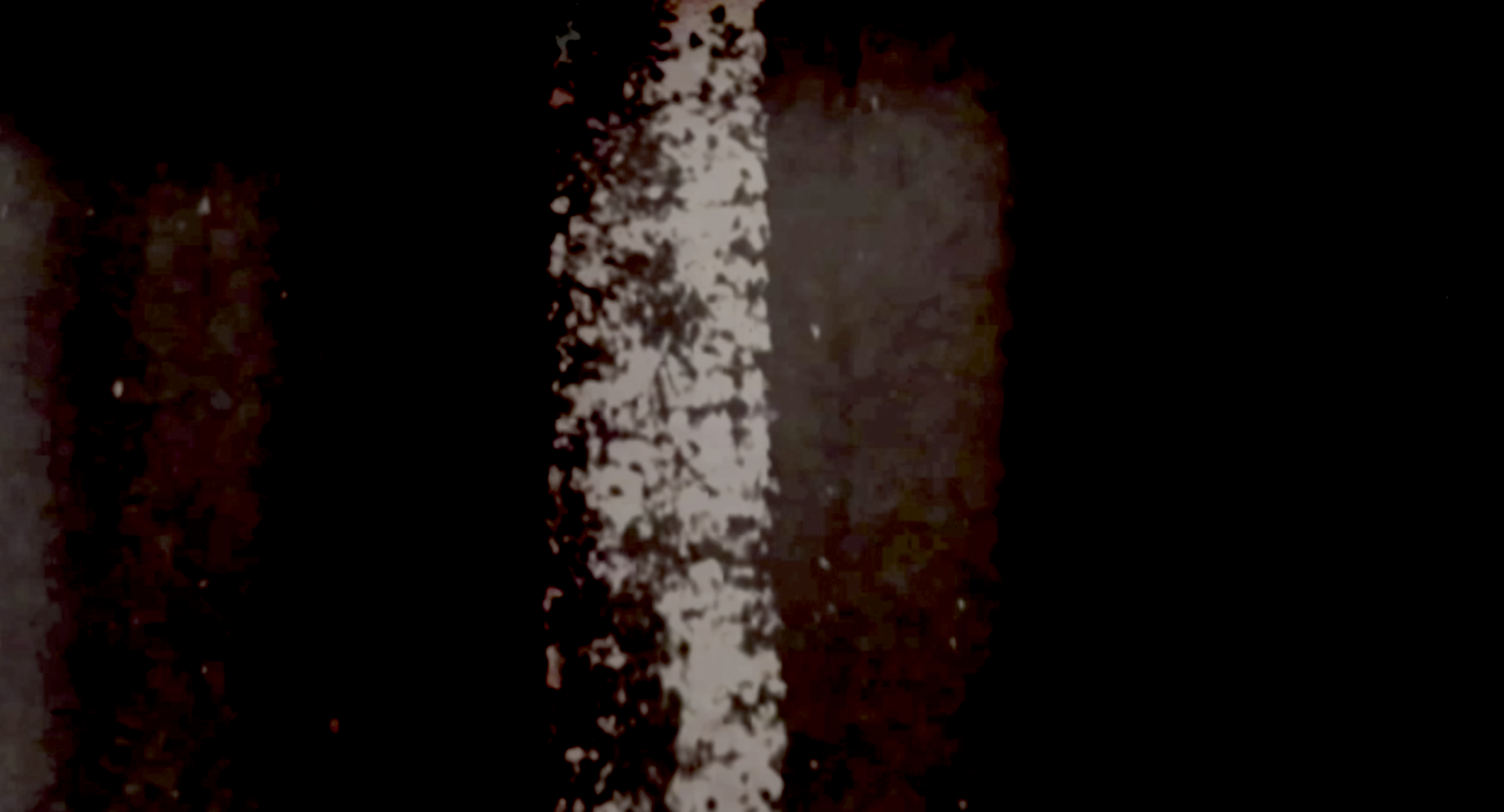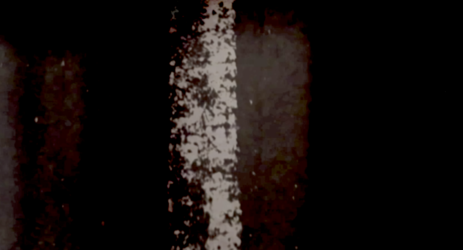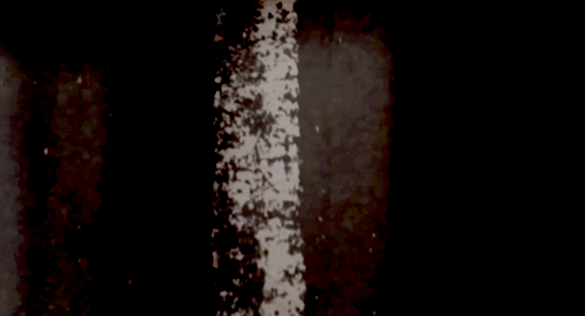Such prompts are methodologically significant within this inquiry. In its modes of finding out, the research is rooted in the ‘pragmatic force’ of given materials, instruments and technological tools as the conditions for the creative practice. However, simultaneously, it is also invested in the ‘as-yet-unknown’ which arises from feeding the embodied encounters with urban wild life into the digital mix of sound and image. In this live mixing space, I am interested in what the modes of creative-technical experimentation help to reveal about such encounters and how the latent ‘as-yet-unknown’ feelings of the encounters arise through a particular refrain, sound texture or rhythm (see account of process in the next section).
With this in mind, I would articulate the methodology of this research as being underpinned by the following key principles, conceptual frameworks and ways of making, arising from my pre-existing digital mixing practices:
- A perspective of wild nature in the city, which values the presence of these more-than-human lives in human-built spaces, but is sensitive to the asymmetries of power in play, as well as the complexity and ambivalence that accompanies encounters between more than humans and humans in the city (see above)
- A multispecies approach, which values ‘passionate immersion’ in the lives of more-than-human others, alongside cultivating ‘arts of attentiveness in relation to their needs and the unequal relations between us, as well as allowing the ‘thick contact zones’ of the initial encounters to open out through creative practice
- A ‘speculative pragmatism’, which works with the given tools of my creative practice with an orientation towards the ‘as-yet-unknown’, particularly in terms of what that practice can open up about the thick contact zones of the embodied encounters
- A pre-existing creative digital practice, which involves combining sound, text, voice and image in live mixes and is specifically interested in the shifting feeling states that emerge in such mixes, as openings to and from an embodied encounter or experience
This project has primarily been conducted through creative practices, prompted by initial embodied encounters, as outlined above. I have sought to find the creative processes and techniques within my digital mixing practices to express, but also to explore those encounters in more detail. In relation to that exploration, methodologically this means investing in the creative making space as one where I will find out more about the initial encounter. Through choices of sonic and visual languages - and how those languages are brought into conversation with each other - insights and felt understandings of that encounter with more than human wild life emerge. As such, I align this practice as research project with Erin Manning’s thinking about the practices of ‘research-creation’.
Research-creation, as Manning and Brian Massumi (2015) explain, ‘has become the stand-in for what elsewhere is called art-based research or practice-led research’. In exploring and interrogating the term and its implications, Manning proposes ‘speculative pragmatism’ as an approach to research-creation that is ‘interested in the pragmatic force of the conditions of the here and now, while simultaneously remaining oriented to the as-yet-unknown’ (2015, p.135). In outlining this approach, she indicates a duality in a ‘rigour of experimentation’, within a process which is also interested in an ‘anarchy’, in what ‘escapes the order, and especially in what this excess can do’ (p.135).



